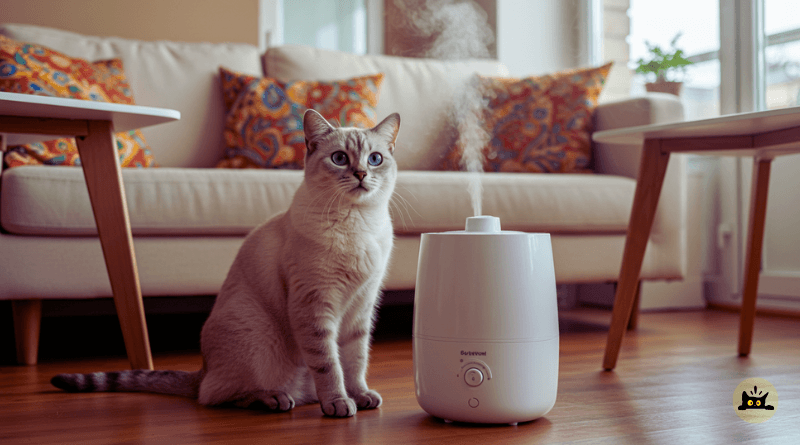Cats are obligate nose breathers, so even a mild stuffy nose can make eating, drinking and playing a real struggle. In this article on cat respiratory health tips, you’ll learn how to keep your cat’s airways clear and healthy. When breathing passages get irritated, cats may lose weight, become dehydrated and slow down. The American Veterinary Medical Association reports that keeping vaccines up to date and cutting home triggers can cut the risk of serious breathing problems by almost 50 percent. Healthy airways also help cats fight off germs and stay energetic from kittenhood through their senior years.
Recognizing Common Breathing Problems
Early signs are easy to spot at home. Look for runny nose or eye goo, sneezing fits, eating less and tiredness. Whistling breaths or fast breathing at rest mean the lower breathing passages could be affected. Red or green discharge often points to a bacterial infection, while clear discharge may clear in 7 to 10 days with home care. If your cat is breathing with mouth open, hunching its neck or pawing at its face, it needs more than just rest and steam these are red flags that require extra attention.
Shots Building Your Cat’s Defense
Basic shots protect against cat herpes, calicivirus and panleukemia. Kittens should get their first shots at about 6 to 8 weeks old, then follow-up shots every 3 to 4 weeks until around 4 months of age. Adult cats need booster shots every year or every three years depending on their lifestyle and the shot type. While no shot can stop every single germ, these vaccines train the body defenses to spot and fight bugs before they cause serious illness.
Making Your Home a Healthy Space
Household triggers such as smoke, low-quality litter dust and harsh cleaners can harm a cat’s airways over time. The Kennel Club UK recommends switching to low-dust litter, using fragrance-free cleaners and opening windows or using a fan to keep air fresh. Change litter boxes daily, vacuum with a HEPA filter and keep humidity between 30 and 50 percent to avoid mold buildup. Providing toys and set routines in a calm area also reduces stress and helps prevent virus flare-ups.
Feeding and Hydration Tips
A healthy diet with good protein, healthy fats like fish oil and protective nutrients keeps your cat’s body defenses strong. If nasal congestion or mouth sores make eating hard, try offering tasty warm meals or little servings often. Wet food or scented dry food can spark a slow eater’s interest. Always keep fresh water nearby using a pet water fountain encourages more sipping. Before adding any new supplements such as omega-3 with inflammation-fighting effects talk to your vet to make sure they’re safe for your cat’s routine.
Early Cat Respiratory Health Tips at Home
Spotting warning signs early is very important. For mild sneezing or clear nose drip, run a hot shower and sit with your cat in the steamy bathroom for a few minutes to unclog airways. Gently wipe discharge with a moist cloth and offer little meals often with extra water. Create a cozy spot away from other pets for quiet rest. If you notice breathing with mouth open, whistling breaths, thick green discharge or your cat refuses food or water for over 24 hours, book a vet check right away to rule out serious health risks like lung infection.
Working with Your Vet for Long-Term Health
Protecting your cat’s breathing takes ongoing care. Keep shots current, clean indoor air regularly and reduce stress with playtime and set routines. At vet visits, ask for a chest exam and discuss x-rays if there’s a history of flare-ups. Your vet might suggest inhaled medicine with a spacer that fits over the nostrils, making treatment at home easier. By working closely with your vet and catching issues early, your cat can enjoy clear airways, lots of energy and a life full of purrs.
Sources : American Veterinary Medical Association, WebMD Pets, The Kennel Club (UK)
Check out our detailed cat care section for more helpful guides: Keep Your Cat Safe from FIV Threats

